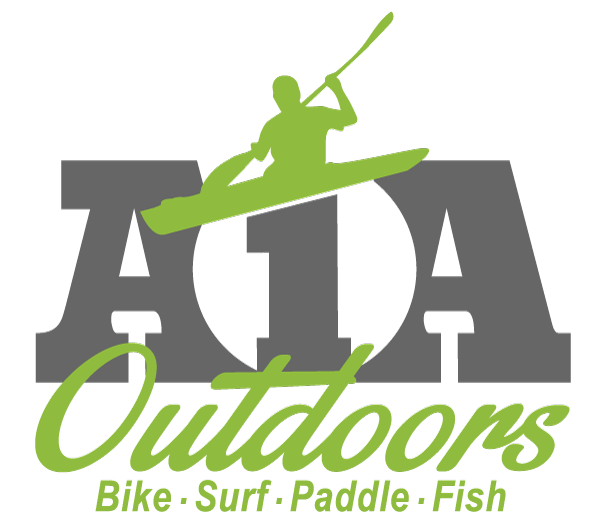I am very optimistic about the future of our lagoon. Not because of the state its in now, but what is happening at all levels of our government and citizenry. As a member of the Citizen Oversight Committee allocating funds to restoration efforts, I am asked daily what is happening, why, and what needs to be done. Below is an adaptation of the answer to these questions by our good friends at the Brevard Zoo that I think clearly explains the issue to all readers:
Why focus on the Indian River Lagoon?
We fortunately live in a culturally and economically diverse area surrounding the most biologically diverse estuary in North America. This natural treasure is a fragile environment influenced by our daily activities and plays a critical role in the economy and quality of life for Brevard County residents. Many of us are unaware of the delicate balance that exists for living organisms teeming under the surface and along the shoreline.
The Indian River Lagoon (IRL) is 156 miles long, spanning from Ponce de Leon Inlet at the northern end to Jupiter Inlet at the southern end. The lagoon’s length covers approximately 40% of the eastern Florida shoreline. Six counties are included in the watershed. A watershed is the total land area that drains into a common surface body of water, which, in this case, is the Indian River Lagoon. Three distinct water bodies make up the lagoon-Mosquito lagoon, Banana River, and Indian River.
The IRL is not a river at all, but an estuary (where freshwater and saltwater mix). Water flows in a river in a definite direction according to gravity and geographical location. Water flow in the IRL is due to wind direction often switching directions as the wind changes. Fresh water enters the lagoon through rainfall and discharge from streams, creeks, rivers, and canals. Saltwater enters the lagoon from the ocean through inlets. There are six inlets spanning the length of the lagoon.
The rest of the lagoon is protected from the ocean by a series of barrier islands. Portions of the lagoon are influenced by their proximity to an inlet. Therefore, different parts of the lagoon support different types of habitats and organisms. Those segments near inlets experience greater tidal influence and contain organisms and habitats that depend on clear, high salinity ocean water for survival. Moving away from the inlet, the water becomes muddier and more brackish, supporting different organisms and habitats. Salinity rates are highest near inlets and in areas (like the northern tip) where evaporation predominates. In the southern end, freshwater input offers a greater influence over evaporation, but the salinity levels are higher due to the high concentration of inlets at that end. Salinity ranges throughout the lagoon from freshwater to full strength seawater.
Due to its large size and location in a transition zone between temperate and subtropical regions, the IRL is the most biologically diverse estuarine system in North America. The lagoon is home to 2,100 different plant species and 2,200 animal species – over 4,300 species all together including more than 400 different species of fish and 310 species of birds. In fact, the IRL represents the most diverse bird population in North America! About 36 of these species are threatened or endangered. Examples of endangered species include green and loggerhead sea turtles, the Atlantic saltmarsh snake, and the West Indian manatee.
Such diversity is good news for Florida’s economy! Commercial and recreational fishermen, boating and marine sales, and the citrus industry all depend on the IRL and contribute an estimated $750 million annually to our economy.
Threats to the IRL include increasing human population, construction of causeways, dredging of canals, changes in land use, storm water runoff, impounding of salt marshes, irresponsible boating, invasive exotic species, and littering. Runoff is thought to pose the greatest threat.
We can help by eliminating or reducing use of fertilizers; limiting water use; planting native vegetation; picking up garbage; being a responsible fisherman and boater; and educating ourselves and others.
